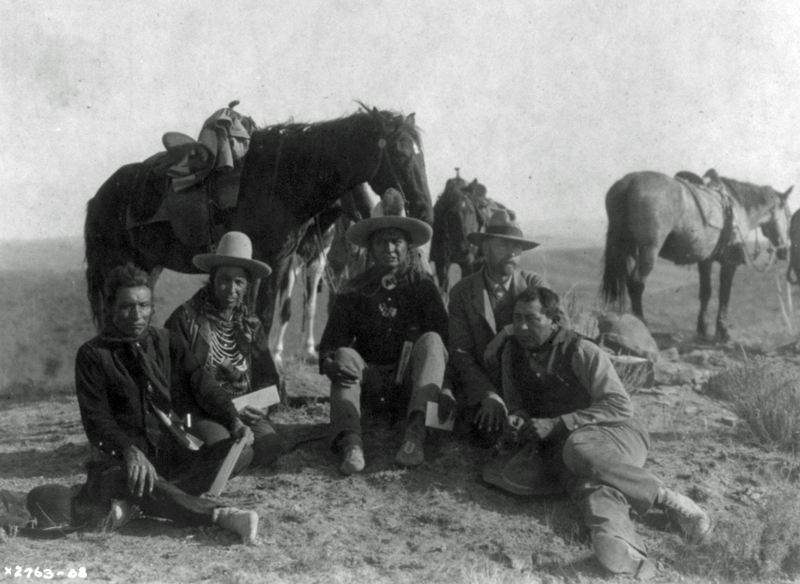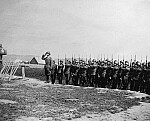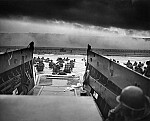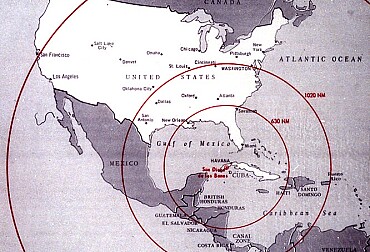June 25th 1876: The Battle of Little Bighorn: A Pivotal Clash in American History
The Battle of Little Bighorn, also known as Custer's Last Stand, remains one of the most iconic confrontations in American history. Taking place on June 25-26, 1876, this battle between the combined forces of the Lakota Sioux, Northern Cheyenne, and Arapaho tribes against the 7th Cavalry Regiment of the United States Army marked a significant moment in the Native American resistance against U.S. expansionism.

Historical context
In the mid-19th century, the discovery of gold in the Black Hills of South Dakota led to an influx of European-American settlers in the region, violating the 1868 Treaty of Fort Laramie. This treaty had guaranteed the Black Hills to the Lakota people, but the U.S. government, driven by the promise of wealth, sought to renegotiate the terms. When negotiations failed, tensions between the U.S. Army and the Plains tribes escalated.
Prelude to battle
In 1874, an expedition led by Lieutenant Colonel George Armstrong Custer confirmed the presence of gold in the Black Hills, prompting a rush of miners into the area. The U.S. government attempted to buy the land, but the Lakota, under leaders like Sitting Bull and Crazy Horse, refused. The government then ordered all Native Americans in the region to report to reservations by January 31, 1876, or be considered hostile.
When many tribes did not comply, the Army was tasked with enforcing the order. Several skirmishes ensued, culminating in a major campaign against the so-called "hostiles." The campaign was spearheaded by three columns of troops converging on the tribal encampment: one led by General Alfred Terry (which included Custer’s 7th Cavalry), another by Colonel John Gibbon, and a third by General George Crook.
The battle unfolds
By late June 1876, intelligence indicated a large gathering of Native American warriors in the valley of the Little Bighorn River in Montana Territory. Custer, leading the 7th Cavalry, was tasked with a reconnaissance mission and, if possible, an attack.
On June 25, Custer divided his 600 men into three battalions. He believed the encampment contained around 800 warriors, vastly underestimating the true number, which ranged between 1,500 and 2,500. Custer planned a three-pronged assault to prevent the warriors from escaping.
However, the tribes were well-prepared. Led by formidable war leaders such as Crazy Horse and Chief Gall, they mounted a fierce defense. Custer’s battalion, advancing without waiting for reinforcements, quickly found itself overwhelmed. The warriors, armed with superior repeating rifles and guided by tactical expertise, decimated Custer’s forces.
Custer’s last stand
Custer and his 210 men made their final stand on a ridge, now known as Last Stand Hill. Accounts suggest a chaotic, brutal melee where the outnumbered soldiers fought desperately against the encircling warriors. By the end of the battle, Custer and his entire battalion were killed.
Meanwhile, the other two battalions, commanded by Major Marcus Reno and Captain Frederick Benteen, fared slightly better. They managed to regroup on a defensive position known as Reno Hill, where they withstood several attacks until the arrival of reinforcements on June 27.
Aftermath and legacy
The Battle of Little Bighorn was a significant victory for the Plains tribes, demonstrating their resolve and military prowess. However, it also led to an intensified U.S. military campaign against them. Public outrage over the defeat fueled a surge in Army operations, ultimately leading to the subjugation of the Plains tribes and their confinement to reservations.
For the Native Americans, the battle symbolized a moment of unity and resistance. Leaders like Sitting Bull and Crazy Horse became emblematic of their struggle for freedom and autonomy. However, the victory was bittersweet, as the subsequent military crackdown and loss of their lands marked the beginning of the end for their traditional way of life.
Cultural impact
The Battle of Little Bighorn has been immortalized in American culture and historiography. Custer, in particular, became a controversial figure, alternately viewed as a heroic martyr and a reckless commander. The battlefield itself, designated as the Little Bighorn Battlefield National Monument, serves as a poignant reminder of the conflict.
Books, films, and art have continued to explore the battle’s themes, reflecting broader narratives about American expansion, Native American resistance, and the complex interplay of heroism and tragedy. The site remains a place of reflection and education, honoring those who fought on both sides.
Conclusion
The Battle of Little Bighorn stands as a pivotal event in the history of the American West. It encapsulates the clash of cultures, the struggle for land and sovereignty, and the enduring legacy of resistance against oppression. As historians and the public continue to study and commemorate this battle, it remains a powerful symbol of a tumultuous era in American history.








